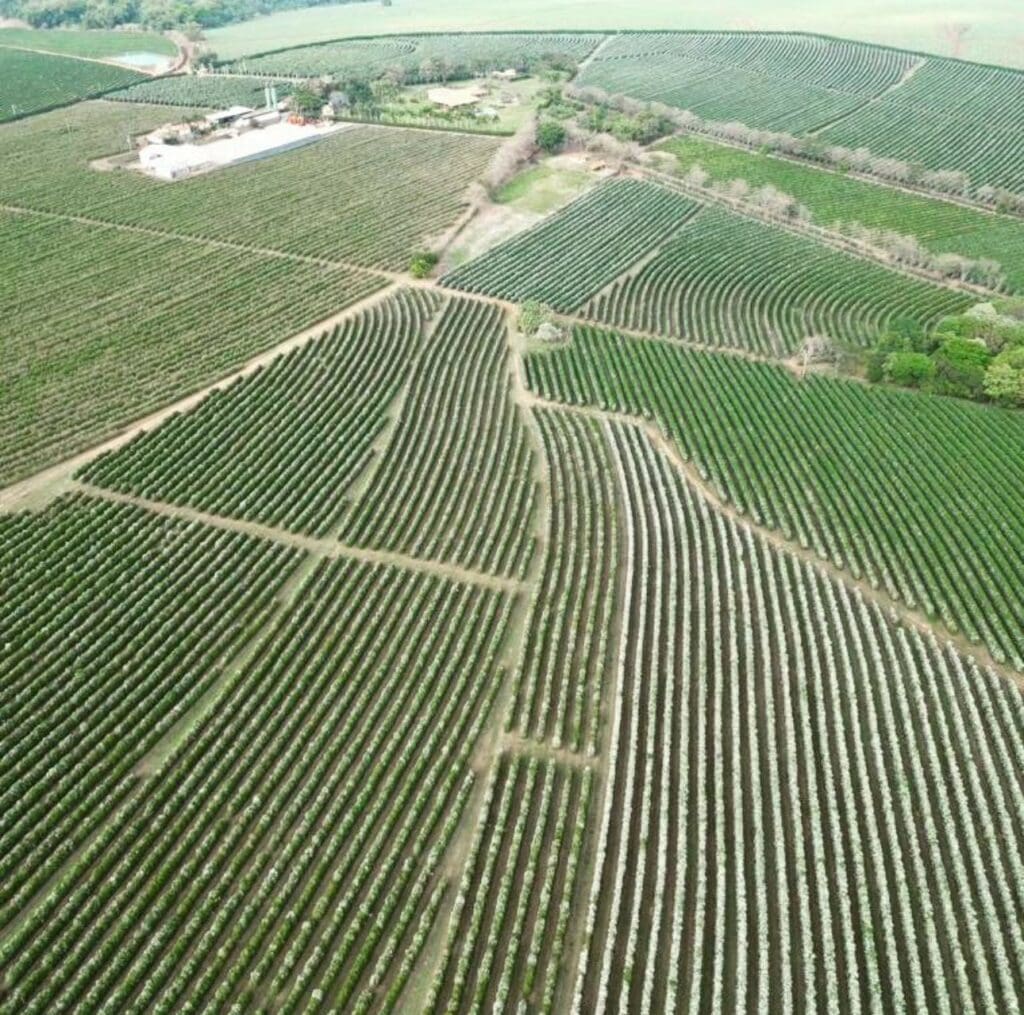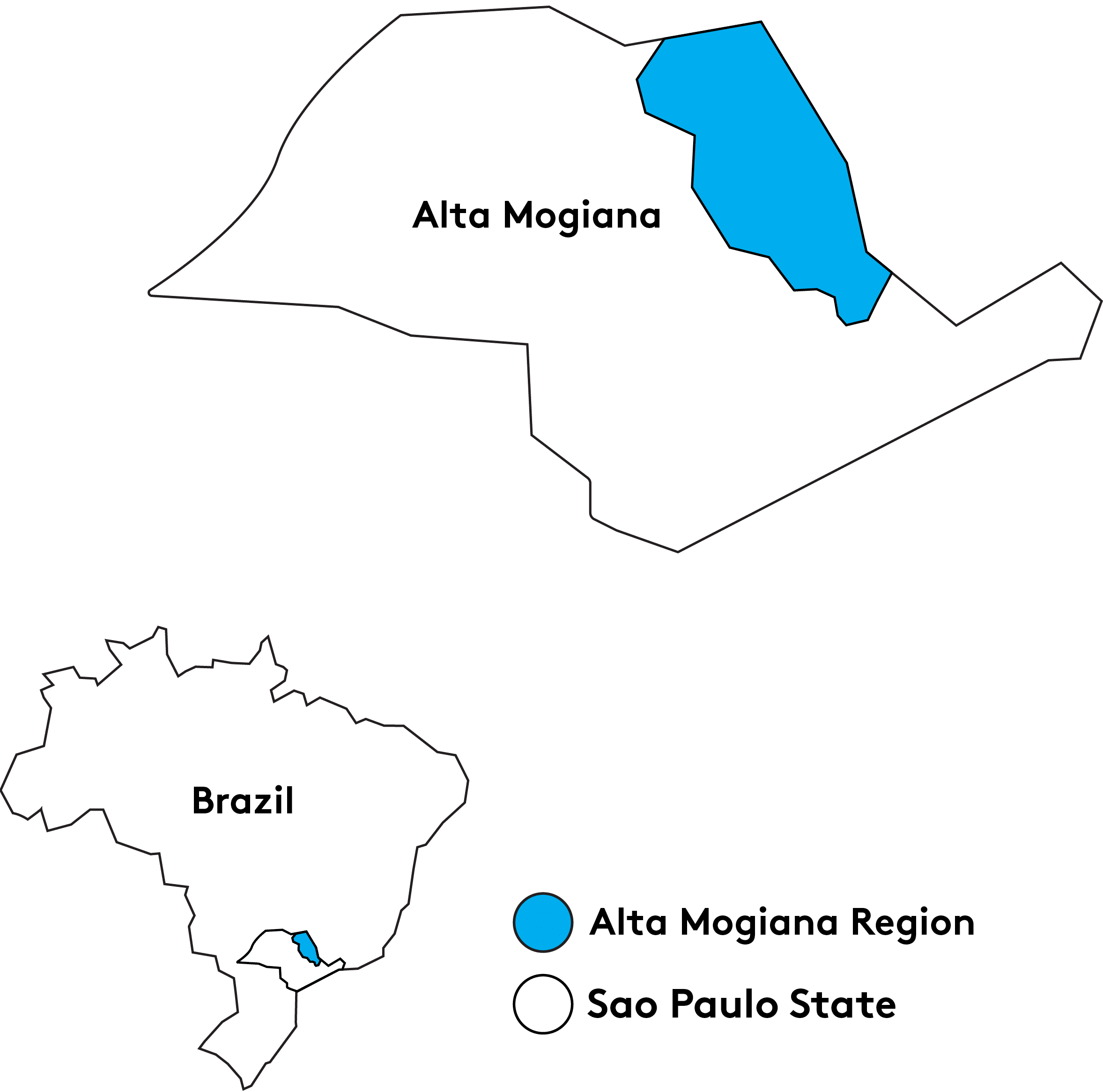Renato Machado began his career as a coffee farmer in the year 2000 in the municipality of São José da Bela Vista, São Paulo, setting a new trajectory for his family. He selected the land for his farm for its favorable climate, soil, and ties to his family, and would go on to name the farm Sítio Santa Rita for his wife’s devotion to Saint Rita. The property sits 900–920 meters above sea level, spanning 32 hectares and including 23 hectares of coffee production.
Over the years the family has faced substantial challenges, from the initial learning curve of coffee farming to more contemporary challenges like water scarcity, market uncertainties, and labor shortages. Despite this, the family has remained determined, and this determination translates not only into their dedication but also into specific practices used in production. Early pruning and specific nutrition adapted to the coffee plant’s needs are examples of this careful technical management, resulting in thoughtful use of the land and its resources as well as quality coffee.
This lot of Arara underwent Natural processing. Arara is a natural cross between Obatã and Yellow Catuai discovered in 1988 in the Parana region of Brazil by an agronomist named Francisco Barbosa Lima. The trees are productive and resistant to both drought and leaf rust, making the variety attractive from an agronomic perspective as well as presenting tasty characteristics in the cup.




